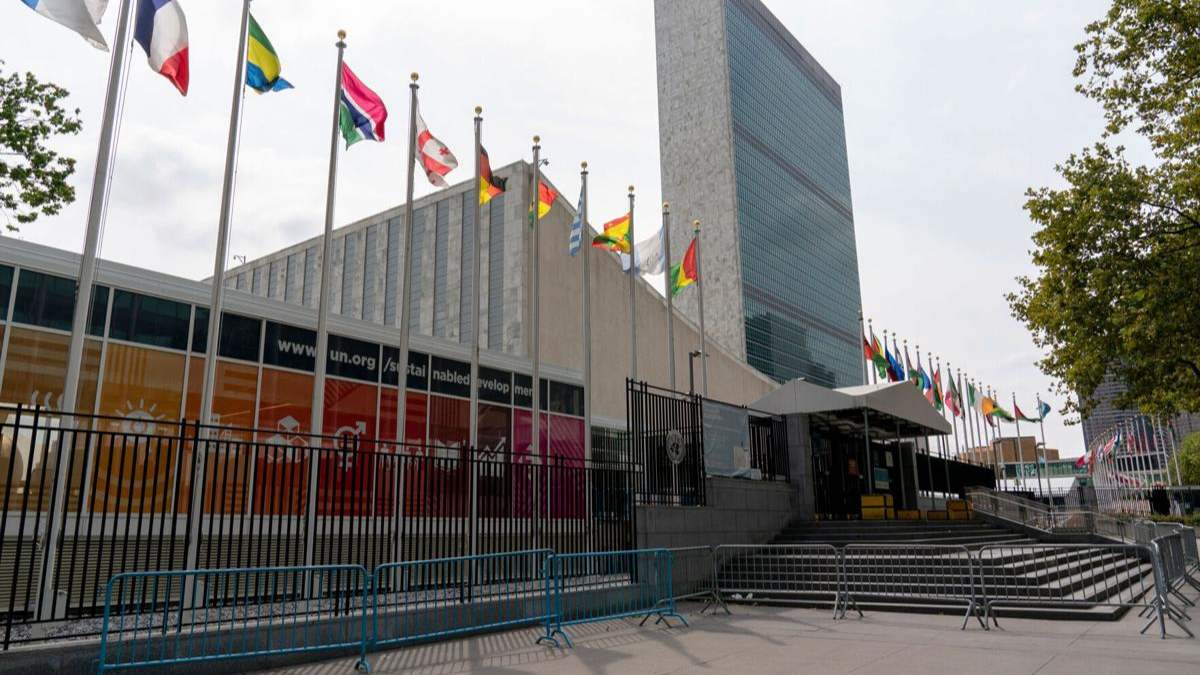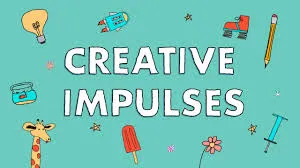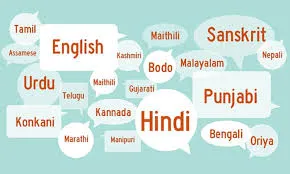The battle lines are drawn. If anyone still believes that the world has not got divided into two blocs and the icy winds of Cold War 2.0 are not freezing relations, needs to take a look at the speeches delivered at the United Nations General Assembly this week to know which way things are headed. The UNGA is commemorating 75 years of the end of the Second World War, or “World Anti Fascist War” as Chinese President Xi Jinping termed it in his speech. On this forum the contours of the new world order are becoming clearer—a broadly bipolar world inside which multi- polarity functions. One of these two poles is occupied by communist China, while the other by the world’s premier superpower, the United States. China has pushed the world towards bipolarity, with the ultimate aim of fashioning a unipolar world where it is the sole imperial power and everyone else vassal states. At the UNGA, it was surreal the way Xi Jinping went about projecting himself as the global statesman in his speech, when the reality is a world harried by China’s misadventures, its push for influence, its debt trap diplomacy, its spying, its attempts to subvert democracies, its refusal to take responsibility for the coronavirus pandemic, its malignant and authoritarian core. In fact, almost everything Xi said can be countered as China doing exactly the opposite on the ground. He talked about countries sharing a “common future”;
about no country gaining from “others’ difficulties”; on why the world should avoid a “beggar-thy-neighbour policy”; “pursue win-win cooperation”; “rise above ideological disputes and do not fall into the trap of clash of civilizations”; that he is not interested in “cold War or hot war”, and so on and so forth. It was bizarre! In a not so-concealed barb at US President Donald Trump’s “America First” policy, the Chinese President added, “burying one’s head in the sand like an ostrich in the face of economic globalization or trying to fight it with Don Quixote’s lance goes against the trend of history”—it’s a different matter that this can be taken as an implicit admission of China being in economic trouble because of the trade war unleashed by Donald Trump. At the other end of the pole, the US President launched a no-holds-barred attack on the “invisible enemy” that is the “China virus”.
He compared the “mobilization” against the virus in his country being the “most aggressive” “since the second world war”, thus placing Xi Jinping’s China firmly in the company of Hitler’s Nazi
Germany—a comparison Xi has been attracting from many quarters courtesy his aggressive, expansionist policies and his treatment of minorities in his country. As for Russia, its President Vladimir Putin too did not mince words in identifying the United States and its al- lies as being the adversaries, who are not paying heed to Russia’s appeal for “mutual restraint” with regard “to deploying new missile systems”. Countries such as Cuba, Venezuela and Iran went a step further to denounce the “hegemony” and “imperialist ideas” of the US, apart from labelling it as the “greatest danger to international peace and security”—language that is straight out of the Cold War playbook. Interestingly, all of them talked about a multipolar world, while throw- ing their lot in with China, in what will likely be a unipolar world if the Chinese achieve their objective of displacing the US as the world’s number one superpower. And now the most important question: which side does India go with, now that Cold War 2.0 is here? While multipolarity is a good intention, the reality is bipolarity, and sooner or later, reality will clash with the intention. Will India stop waffling then? Will India choose correctly? Which way should India go? With the authoritarian and its rag-tag bunch of bankrupt dictatorships and losers of Cold War 1.0? Or with the free world that is trying to come together to take on the most malign power that this globe has witnessed in several decades, a power that has India’s dismemberment at the core of its Asian policy? The answer is a no- brainer.























